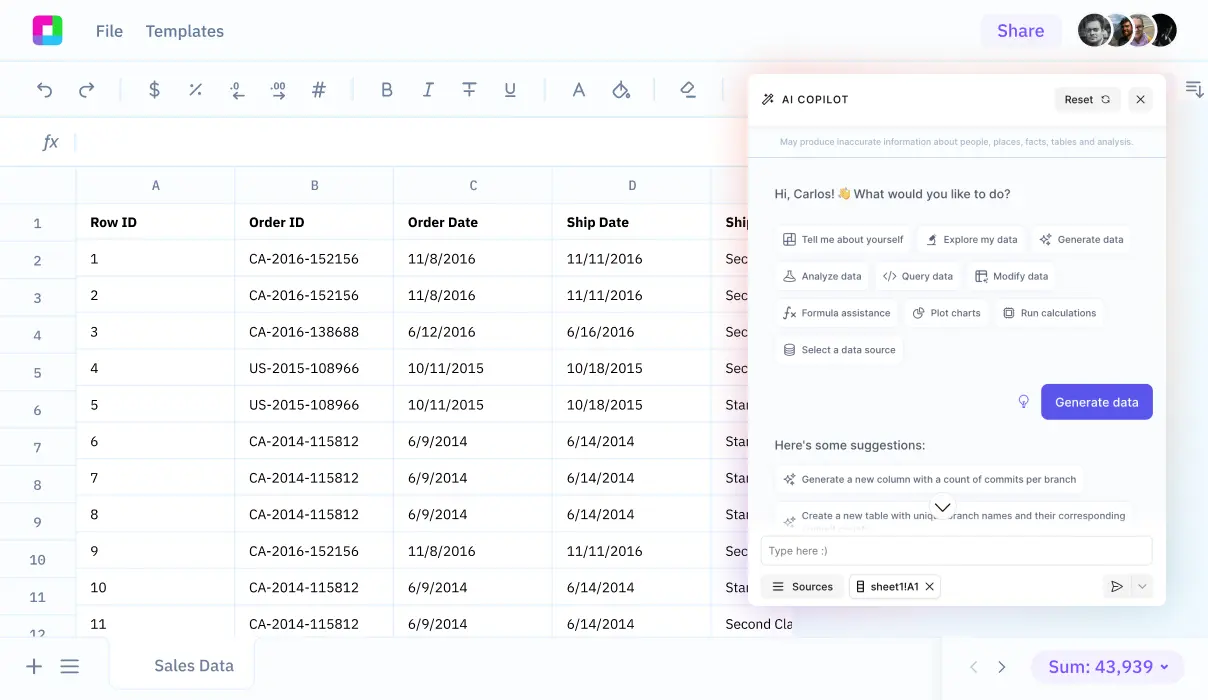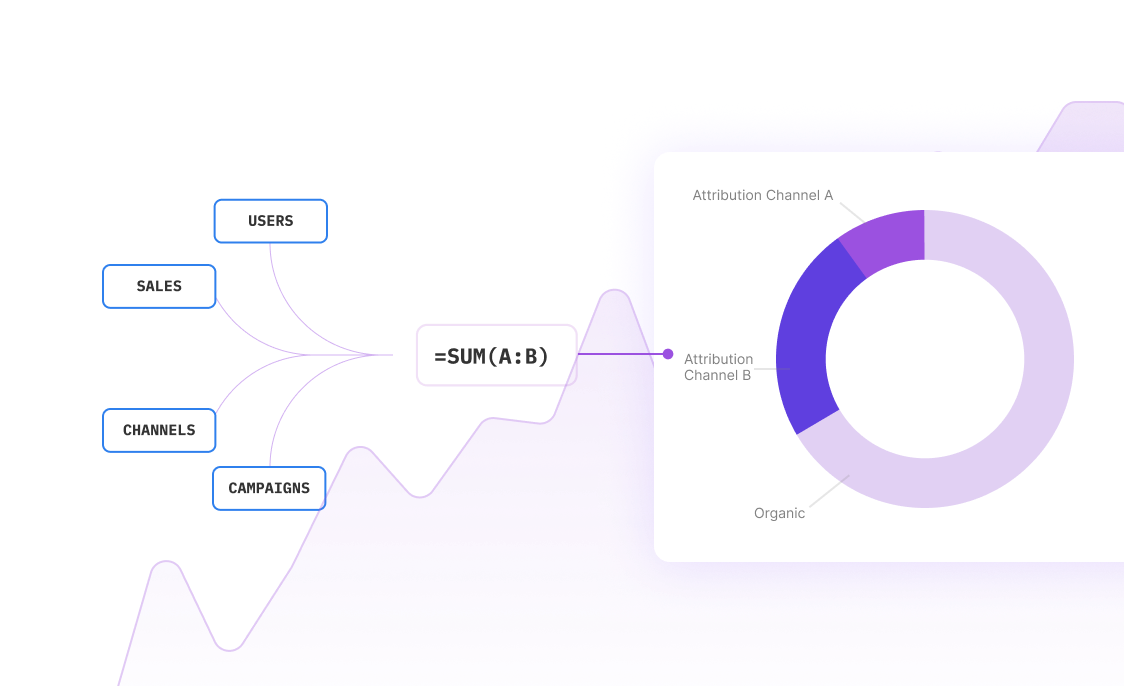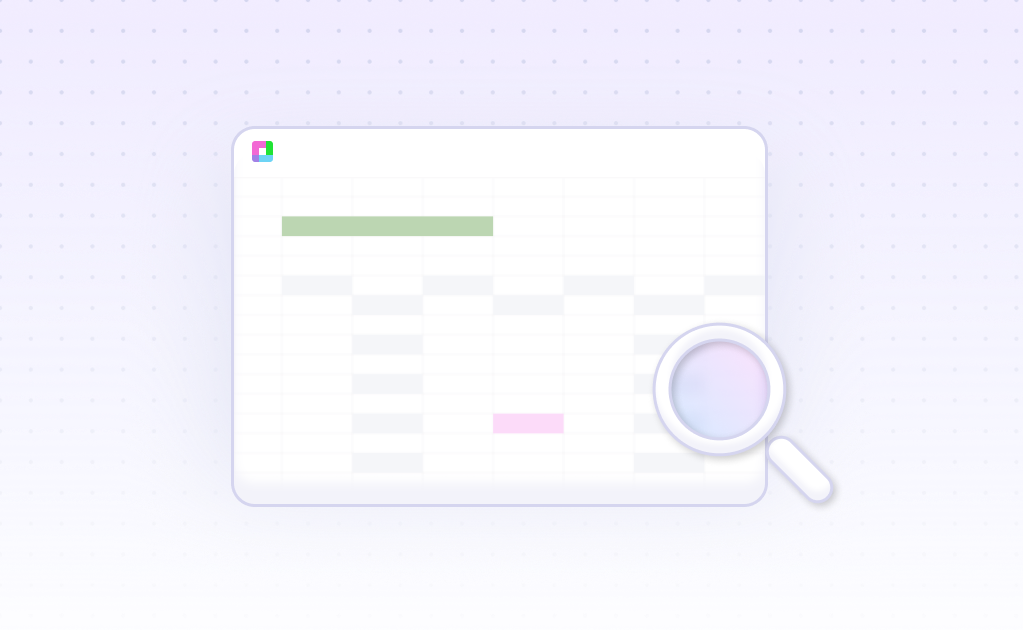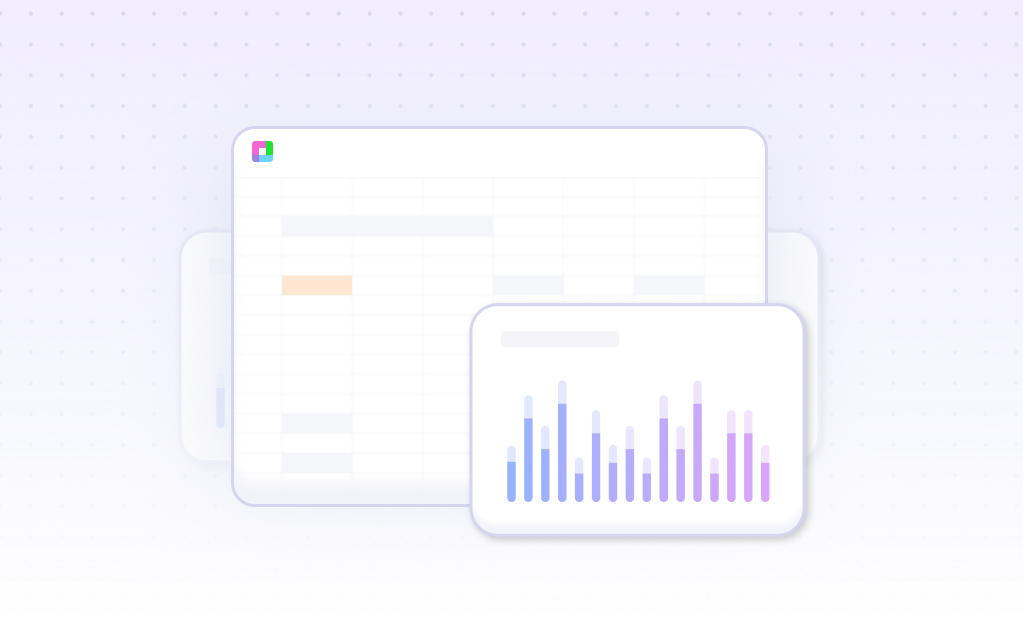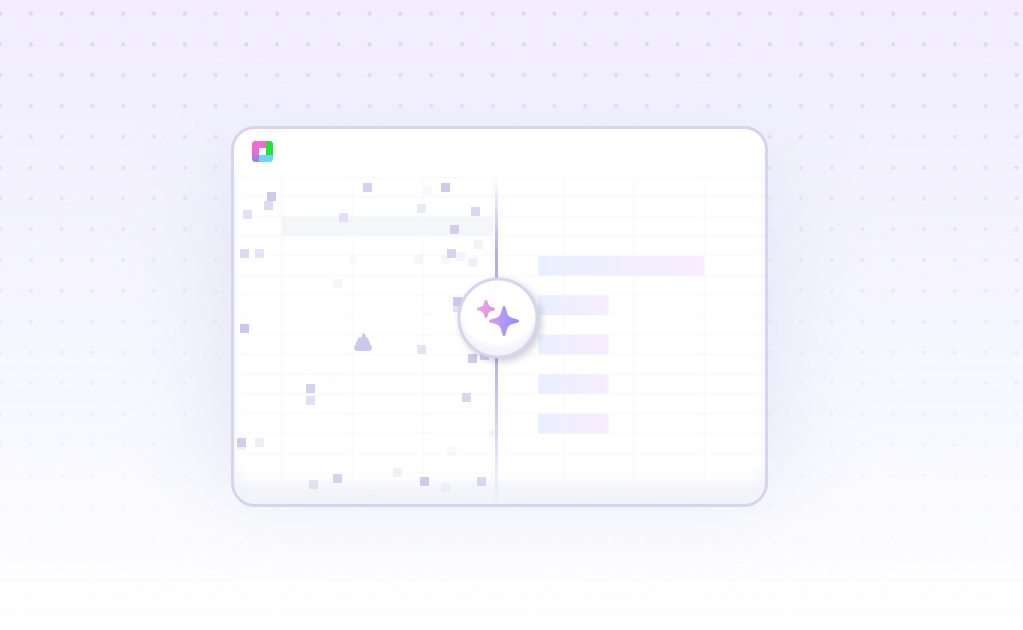
Introduction
Profitability ratio analysis helps businesses assess their financial health through margin and return ratios. Traditional analysis requires Excel expertise to calculate and interpret these crucial metrics. Understanding common accounting terms, interpreting various ratio types, and applying industry benchmarks are essential skills for driving growth and mitigating risk.
While Excel remains a powerful tool for financial analysis, Sourcetable offers an AI-powered alternative that combines spreadsheet functionality with natural language processing. This innovative platform integrates with over 100 data sources and accelerates formula creation, charting, and data cleaning without requiring advanced Excel skills.
Learn how to leverage Sourcetable's AI assistant for comprehensive profitability ratio analysis at sourcetable.com/signup.
Why Sourcetable Is Superior for Profitability Ratio Analysis
Sourcetable's AI-powered platform revolutionizes profitability ratio analysis through automated task handling, pattern identification, and anomaly detection. Unlike traditional Excel analysis, Sourcetable delivers improved forecasting accuracy and sophisticated predictive models that adapt to market changes.
Cost-Effective Analysis
Sourcetable offers enterprise-grade financial analysis capabilities at no cost, compared to other solutions' per-user pricing. It maintains professional support standards with 24/7 live assistance, comprehensive documentation, and training options.
Enhanced Business Decision Making
Sourcetable's profitability analysis capabilities help identify optimal areas for investment, debt financing, and cost reduction. The platform's AI engine strengthens financial modeling and forecasting accuracy, leading to more informed business decisions.
Integration and Support
While Sourcetable currently offers one integration option, it provides the same level of professional support as competing platforms, including phone support, live assistance, and comprehensive training resources.
Benefits of Profitability Ratio Analysis with AI-Powered Spreadsheets
Profitability ratios help assess a company's ability to generate profits from sales, assets, and equity. These metrics provide crucial insights into management effectiveness and operational efficiency, helping investors evaluate potential investments. Higher ratios typically indicate better company performance and value generation for shareholders.
Advantages of Using Sourcetable for Ratio Analysis
AI-powered spreadsheet tools enhance financial analysis by improving forecasting accuracy and optimizing investment strategies. When analyzing profitability ratios, AI capabilities process complex datasets faster while minimizing human error in calculations and analysis. This automation allows teams to focus more on strategic decision-making rather than manual data processing.
While Excel serves as a basic data analysis tool, AI-powered alternatives like Sourcetable streamline the analysis process through natural language processing. The platform's automated features uncover insights that traditional spreadsheet analysis might miss, particularly when examining multiple profitability metrics across different time periods.
Profitability Ratio Analysis with Sourcetable AI Spreadsheets
Sourcetable enables comprehensive profitability ratio analysis through its AI-powered spreadsheet platform. Users can perform four key profitability calculations: gross margin ratio, operating margin ratio, return on assets ratio, and return on equity ratio.
Margin Ratios
The platform calculates gross profit margin and operating profit margin to assess operational efficiency. These metrics reveal how effectively a company converts revenue into profit at different stages of operation.
Return Ratios
Return-focused metrics include ROA (Net Income / Total Assets) and ROE (Net Income / Shareholders' Equity). These calculations measure how efficiently a company uses its resources to generate profits.
AI-Enhanced Analysis
Sourcetable leverages AI for automated financial statement analysis, data source collection, and key takeaway extraction. The platform's workflow management tools streamline the calculation and interpretation of profitability metrics.
Use Cases for Profitability Ratio Analysis with Sourcetable
Historical Performance Comparison |
Compare current profitability ratios against past performance data to identify trends and patterns in company efficiency and profit generation. |
Industry Benchmarking |
Analyze company profitability ratios against industry averages and competitors to assess relative market position and performance. |
Sales Performance Forecasting |
Use historical profitability data to predict future sales trends and profit margins, enabling proactive business strategy adjustments. |
Financial Decision Support |
Combine profitability ratios with efficiency metrics to make data-driven decisions about resource allocation and business operations. |
Shareholder Value Analysis |
Assess company's ability to generate value for shareholders by analyzing profit generation efficiency from sales, assets, and equity. |
Frequently Asked Questions
What is profitability ratio analysis?
Profitability ratio analysis is a method of measuring company performance through two types of ratios: margins, which measure how well a company converts sales to profits, and returns, which measure how well a company generates returns for shareholders.
What are the key benefits of analyzing profitability ratios?
Analyzing profitability ratios helps FP&A teams create stronger models and accurate projections, enables business leaders to understand sales revenue drivers and identify cost-cutting opportunities, assists in predicting future profitability, and supports decision-making around investments and debt.
What are the main return ratios used in profitability analysis?
The main return ratios are return on assets (net income/average total assets), return on operating assets (operating income/average operating assets), return on investment (net income/average long-term liabilities and equity), and return on equity (net income/total equity).
How can Sourcetable help with profitability ratio analysis?
Sourcetable's AI capabilities can suggest relevant profitability ratios to use and analyze data patterns in profitability ratios, making it easier to perform comprehensive profitability analysis in a spreadsheet interface.
Conclusion
Profitability ratio analysis in Excel enables companies to evaluate financial performance and compare across industries using templates and calculations. However, modern AI-powered alternatives like Sourcetable offer enhanced capabilities for real-time analysis. Sourcetable combines spreadsheet functionality with an AI assistant that responds to natural language commands and integrates with over 100 data sources. Try Sourcetable's AI-powered profitability ratio analysis at sourcetable.com/signup.
AI agents in Sourcetable surpass traditional Excel analysis by continuously updating insights, uncovering hidden patterns, and generating predictive forecasts. The platform contextualizes profitability ratios with industry benchmarks and macroeconomic indicators, while accelerating formula creation and data cleaning. Whether analyzing customer profitability or profit margins, Sourcetable's AI capabilities transform complex financial analysis into an intuitive process.
Recommended Analysis Guides
Connect your most-used data sources and tools to Sourcetable for seamless analysis.
Frequently Asked Questions
If you question is not covered here, you can contact our team.
Contact Us
